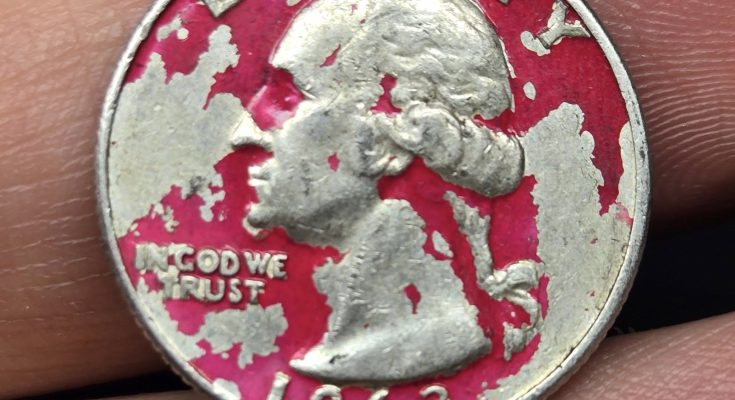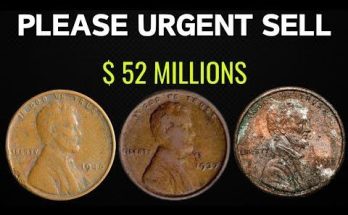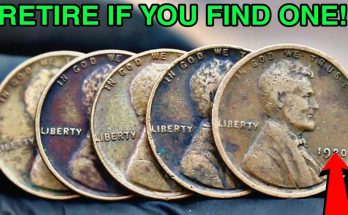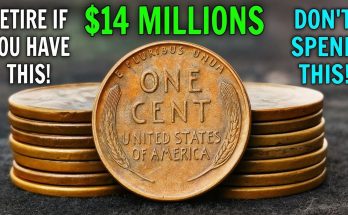![]() Reasons Quarters Were Painted for Old Music Machines
Reasons Quarters Were Painted for Old Music Machines
1. To Identify “House Money”
Operators would paint or mark quarters used to test the jukebox or provide free plays.
These were known as “house coins” — often painted red, green, or black.
If one of these came back in the coin tray, the operator knew it was still in circulation inside the machine.
2. For Testing and Maintenance
Technicians used painted coins to:
Check the coin mechanism
Verify coin return and acceptance functions
Ensure songs would play correctly after insertion
3. To Prevent Theft or Cheating
Some jukebox owners painted quarters to track usage and prevent employees or customers from scamming the machine.
If marked coins appeared in cash-outs, it could indicate theft or unauthorized use.
The image shows a 1963 Washington quarter, distinctively painted with a vibrant red coating that largely obscures the coin’s original silver surface, except for the raised elements like George Washington’s profile, the word “LIBERTY,” “IN GOD WE TRUST,” and the “1963” date. This practice of painting or marking coins, particularly quarters, was not uncommon in the mid-20th century, especially for their use in jukeboxes and other coin-operated music machines.
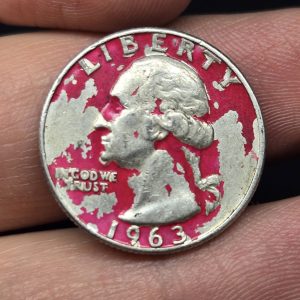
The primary reason behind this unique alteration was for identification and control by the owners or operators of these machines. In an era before sophisticated electronic tracking, marking coins provided a simple yet effective method for management. By painting quarters, operators could easily distinguish their own coins from those inserted by customers. This was particularly useful for accounting purposes; they could track how many “marked” quarters were used internally for testing, making change, or even as a form of employee remuneration for machine maintenance, ensuring these internal transactions didn’t skew revenue reports.

Furthermore, painted quarters could serve as a rudimentary security measure. If a machine was tampered with or coins were stolen, the distinctively marked quarters would be easily identifiable, making them harder to pass off as regular currency. In some cases, specific colors might have been used for different machines or locations, allowing operators to analyze usage patterns and profitability across their network of jukeboxes. While this practice is largely obsolete today due to advanced technology, this 1963 quarter serves as a fascinating tangible remnant of a bygone era of entertainment and rudimentary business management.
